IS052 - Design and Modeling of Structures and Materials in Additive Manufacturing
Keywords: additive manufcaturing, data-driven methods, Multiphysics, Multiscale, numerical modelling
Additive Manufacturing (AM) technologies are experiencing exponential growth across various domains, including aerospace, biomedical applications, architecture, fashion, and the food industry. AM has gained prominence due to its capability to produce freeform components with structural and mechanical properties often superior to those achieved through traditional manufacturing processes. Concurrently, the rise of advanced applications has highlighted the need for innovative designs of structures and metamaterials tailored to the unique constraints and capabilities of these technologies.
The development of optimal designs and the deep understanding of complex process-structure-property relationships are essential to fully harness the potential of AM. This requires sophisticated numerical tools and mathematical frameworks capable of addressing the multiphysics and multiscale nature of the problem. Advanced techniques, such as computational geometry, shape and topology optimization, multiphysics simulations, and multiscale modeling, enable the prediction, analysis, and optimization of innovative structures and materials for additive manufacturing. Emerging data-driven methods, including machine learning and artificial intelligence, are also opening new possibilities for the discovery and optimization of metamaterials and structural solutions.
This session aims to bring together researchers and practitioners to share recent advances in the design and modeling of structures and materials in AM. Topics of interest include, but are not limited to: process modeling and validation; material modeling for AM; multiphysics and multiscale modeling; shape and topology optimization for AM; metamaterial design for AM; data-driven analysis and applications of machine learning and artificial intelligence in AM design.

